Affiliate disclosure: This post may contain affiliate links. Please see our Privacy Policy.
For most gardeners, strawberries are the first fruits of early summer. June bearing strawberries produce heavy crops, but for a very short season. Strawberries come and go, to be quickly forgotten as other fruits begin bearing.
Everbearing strawberries are different. These marathon runners of the strawberry world begin producing alongside their early counterparts, but they’ll keep producing until snow blankets the ground in late fall or early winter.
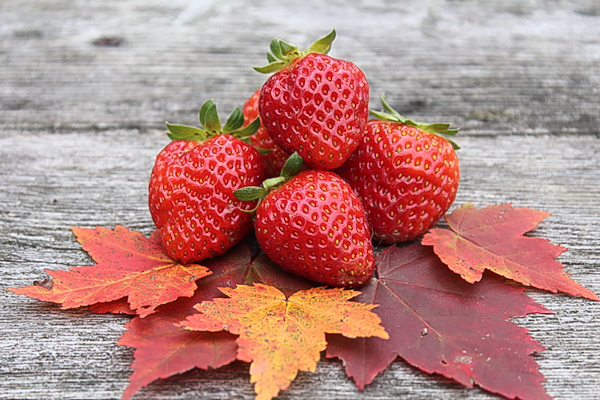
Table of Contents
Planting Everbearing Strawberries
Everbearing strawberries are planted in the same manner as June bearing varieties. Buying mail-order bare-root plants is one of the most economical ways to get plants started, especially since everbearing strawberries are not available potted up at most local nurseries.
I’m particularly fond of French heirloom variety known as Mara des Bois. The berries are too soft for commercial growing, but they have an intense strawberry flavor and delicate aroma that makes them a real treat for backyard growers. Small farmers also love to grow this variety for farmer’s markets, and there’s a local farm that grows them in high tunnels for the very earliest fruit.
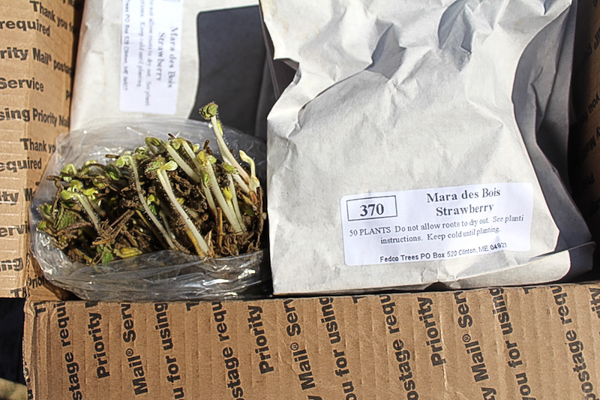
Bare root everbearing strawberry plants tend to come in bundles ranging from 10 to 25 plants. The first spring shoots are just beginning to emerge from the dormant plants, and it’s important to get them into the ground soon after they arrive.
In Central Vermont, strawberries are planted in Mid to late April which is well before the last spring frosts of the season. The rest of the garden won’t go in until early June.
The best time to plant everbearing strawberries will vary by your planting location, and in most places, they’ll need to be in the ground earlier than ours here in a cold northern climate. Plan to plant bare-root everbearing strawberries outdoors 6 weeks before the last frost.
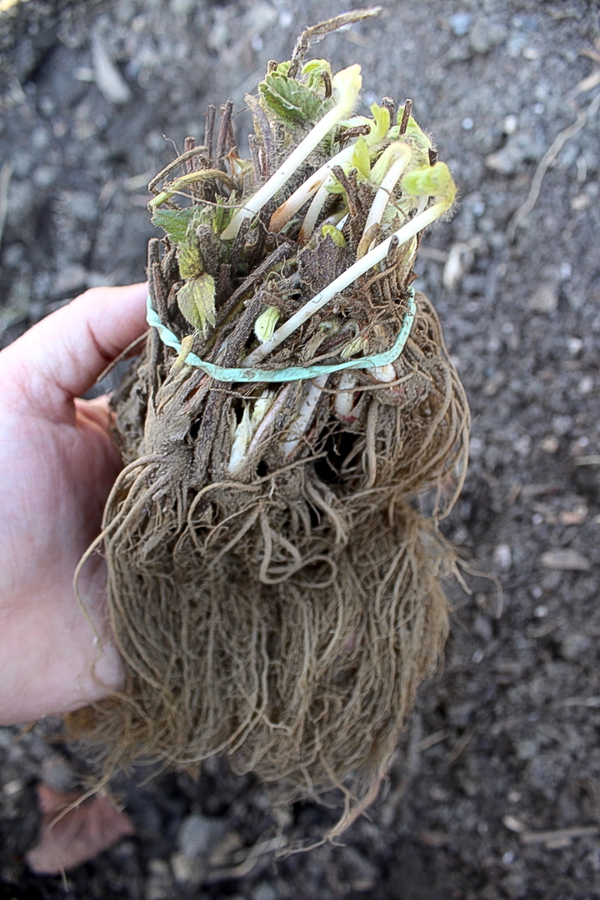
Open up the bundle of plants and carefully separate the individual bare root strawberries. The shoots are very delicate at this point, and careful handling is important to avoid damage.
Prepare a weed-free seedbed by cultivating, and add 2-3 inches of screened compost. Mix in the compost and gently plant the everbearing strawberries, ensuring that the roots point down and the crowns of the plants are about 1/2 an inch below the top of the soil.
Not all the bare root plants will have green leaves emerging at this point, but if they do, leave those just barely poking out of the soil. Space everbearing strawberries one foot apart in rows 18 to 24 inches apart.
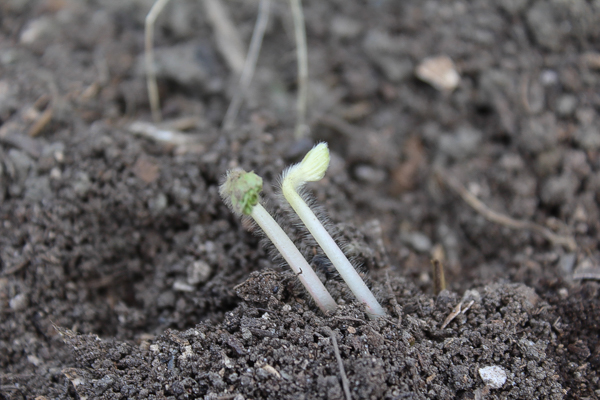
Growing Everbearing Strawberries
Though it may not seem like it at planting time, everbearing strawberry plants grow quite large. They need significantly more space than June-bearing plants. Instead of sending out a stream of runners like June-bearing plants, everbearing strawberries focus on growing large and producing a continuous crop of berries until they go dormant in the winter.
In just a few weeks, the tiny bare-root plants will have developed multiple leaves and they’ll be sending out their first flowers and young fruit.
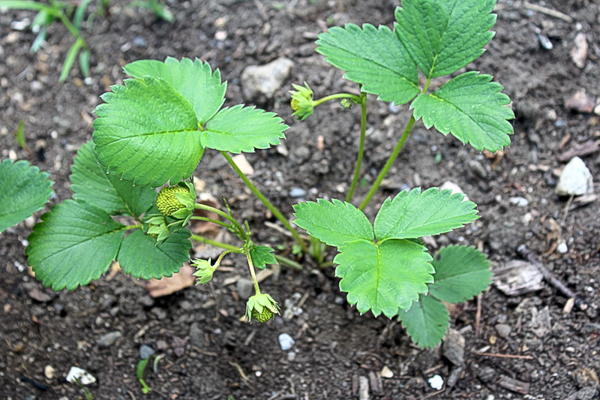
The first everbearing strawberries will ripen about 8 weeks after planting. For us, in zone 4 central Vermont that means right around the summer solstice. There’s only one type of fruit that ripens sooner, and that’s honeyberries, a fruiting species of honeysuckle that tastes a bit like a cross between a blueberry and a grape.
At this point, the everbearing strawberry plants will be fruiting right alongside their June-bearing cousins, but in smaller amounts. This is a bit like the race between the tortoise and the hare, and the June bearing plants will exhaust themselves bearing heavily all at once. In the long run, everbearing strawberry plants will bear far more fruit over the course of the season.
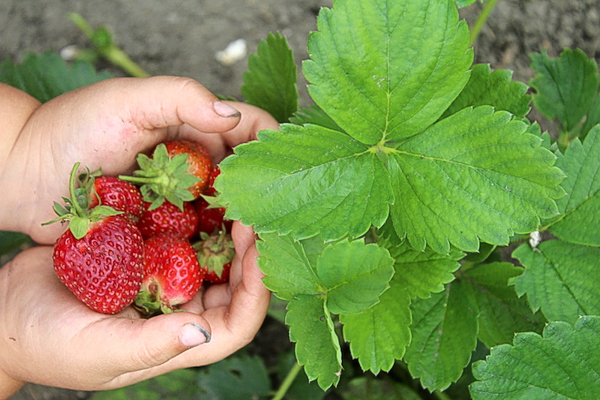
Our everbearing strawberry plants give us a reliable crop of berries from Mid June all the way until early November. In very warm years we’ve had fresh strawberries on our Thanksgiving table.
Not a lot mind you, but a handful of strawberries in November is a big deal up here. Once cold temperatures begin to really set in and the plants go dormant for the winter, cover the whole bed with a thick layer of straw to help insulate the soil.
Most everbearing strawberry varieties are hardy to zone 4, especially with a bit of extra protection.
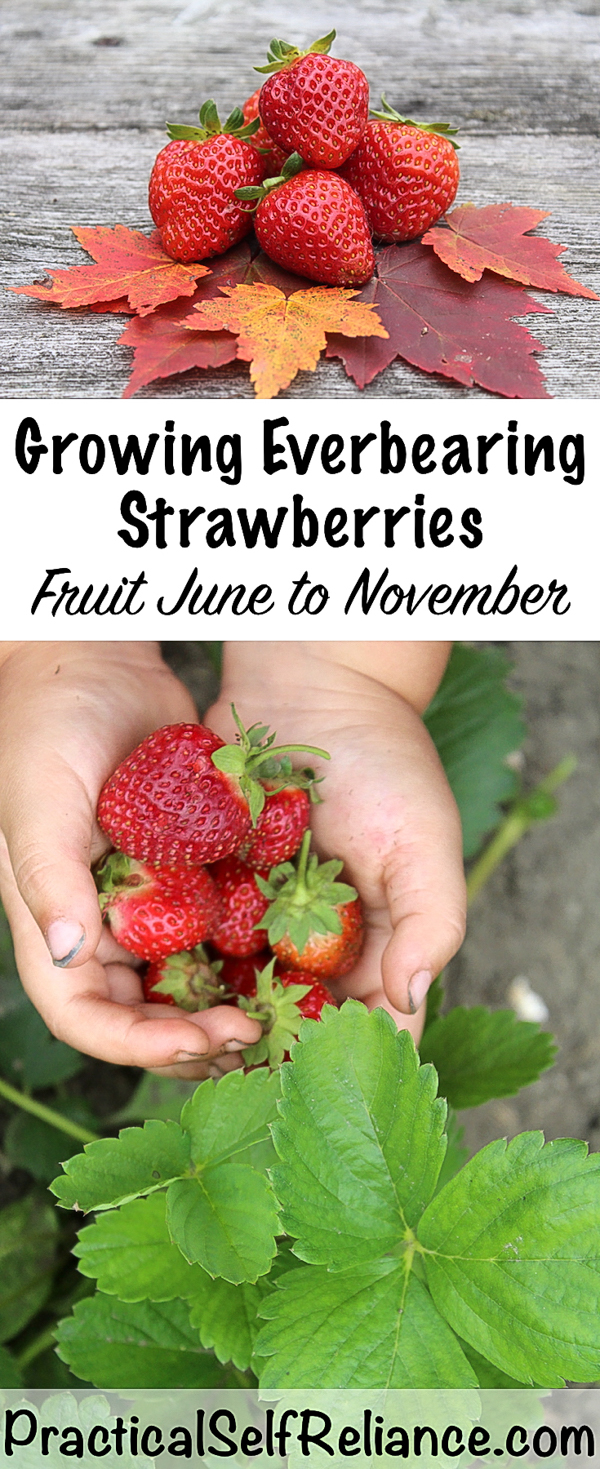




I just transplanted my ever bearing strawberries but the they are not producing much fruit, before or after transplanting. I water them and plants look healthy. Any suggestions? I am near the Vermont border and we experience the same winters as you on our dairy farm.. originally, they were planted by the milkhouse in a sunny location.
They may just need a little time after transplanting to acclimate. As long as the plants look healthy, I would just give it some time.
Très beau site bien expliqué pour les novices. Merci.
You’re very welcome. We’re so glad you enjoyed it.
My everbearing strawberries have not produced any more berries since the few that were on the plants when we bought them
When did you plant them?
So no need to pick off the first flowers on everbearers after pla ting them bareroot? Thank you:)
Thank you for the informative article. I just put in some Everbearing a few days ago. Should I take off the flowers this first season as I would with June bearing? Thank you!
Honestly, we didn’t and they produced wonderfully and grew/rooted well.
Will these strawberries grow in Texas heat, over 100 some days during July, many days in august?
They will grow, provided you keep them watered. We grew them in California in the desert, not too different. They’ll fruit in the cooler times of year though, not in the heat as they do here in Vermont.
Any luck with this? I am looking to plant them in San Antonio this year
Do you take the straw off them in the spring the next year?
Honestly, the last 2 years I completely forgot to mulch them in the fall. Oops. They didn’t care.
But yes, gently rake it back until they pop through in the spring and then arrange it around them to hold back weeds.